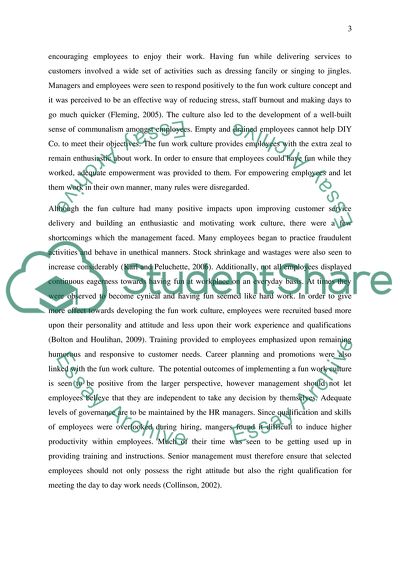Cite this document
(Human Resource Management at DIY Corporation and STAR Essay Example | Topics and Well Written Essays - 1500 words - 7, n.d.)
Human Resource Management at DIY Corporation and STAR Essay Example | Topics and Well Written Essays - 1500 words - 7. https://studentshare.org/human-resources/1846548-human-resource-management
Human Resource Management at DIY Corporation and STAR Essay Example | Topics and Well Written Essays - 1500 words - 7. https://studentshare.org/human-resources/1846548-human-resource-management
(Human Resource Management at DIY Corporation and STAR Essay Example | Topics and Well Written Essays - 1500 Words - 7)
Human Resource Management at DIY Corporation and STAR Essay Example | Topics and Well Written Essays - 1500 Words - 7. https://studentshare.org/human-resources/1846548-human-resource-management.
Human Resource Management at DIY Corporation and STAR Essay Example | Topics and Well Written Essays - 1500 Words - 7. https://studentshare.org/human-resources/1846548-human-resource-management.
“Human Resource Management at DIY Corporation and STAR Essay Example | Topics and Well Written Essays - 1500 Words - 7”. https://studentshare.org/human-resources/1846548-human-resource-management.


